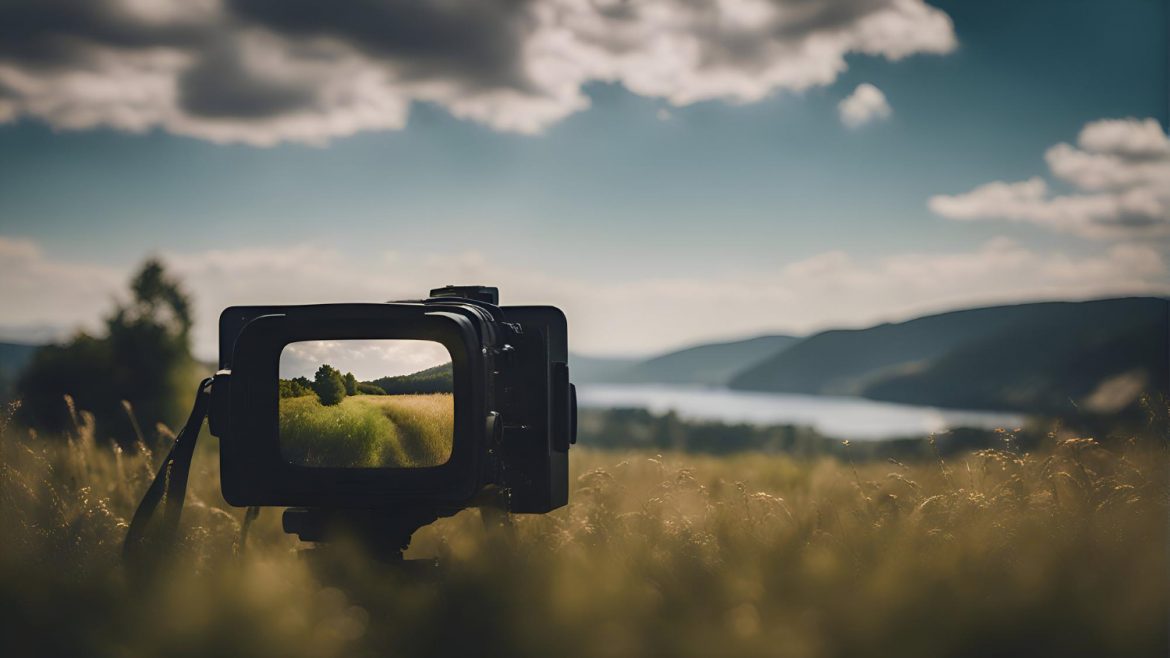Photography is not merely about capturing moments but also about composing visually compelling images that draw viewers in and evoke emotions. Mastering composition techniques is essential for photographers to create captivating photographs that resonate with their audience. From the classic rule of thirds to the use of leading lines, framing, symmetry, and perspective, there are various tools and principles that photographers employ to enhance the visual impact of their images.
Rule of Thirds:
One of the fundamental principles of composition, the rule of thirds divides the frame into nine equal parts using two horizontal and two vertical lines. The key elements of the image are then placed along these lines or at their intersections, rather than in the center, to create a more balanced and dynamic composition. This technique helps to create visual interest and draw the viewer’s eye towards the focal point of the image.
Leading Lines:
Leading lines are lines within an image that lead the viewer’s eye towards a specific focal point or subject. These lines can be straight, diagonal, curved, or even implied, such as a row of trees or a path winding through a landscape. By incorporating leading lines into their compositions, photographers can guide the viewer’s gaze and create a sense of depth and movement within the image.
Framing:
Framing involves using elements within the scene to frame the main subject of the photograph. This could be natural elements like branches or archways, or man-made structures like windows or doorways. By framing the subject within the scene, photographers can draw attention to it and add layers of visual interest to the image.
Symmetry:
Symmetry refers to the balance and harmony achieved by arranging elements within the frame in a way that creates a sense of mirroring or reflection. Symmetrical compositions can be particularly striking and impactful, drawing the viewer’s eye towards the center of the image and creating a sense of order and stability.
Perspective:
Perspective plays a crucial role in photography, influencing the viewer’s perception of depth and scale within the image. By changing their perspective or viewpoint, photographers can alter the way objects appear in relation to one another, creating dynamic compositions that challenge the viewer’s perception and invite them to explore the scene from different angles.
Mastering these composition techniques requires practice, experimentation, and a keen eye for detail. By understanding how these principles work together, photographers can elevate their images from ordinary snapshots to works of art that resonate with viewers on a deeper level. Whether capturing landscapes, portraits, or street scenes, the art of composition is essential for creating visually compelling photographs that leave a lasting impression.
